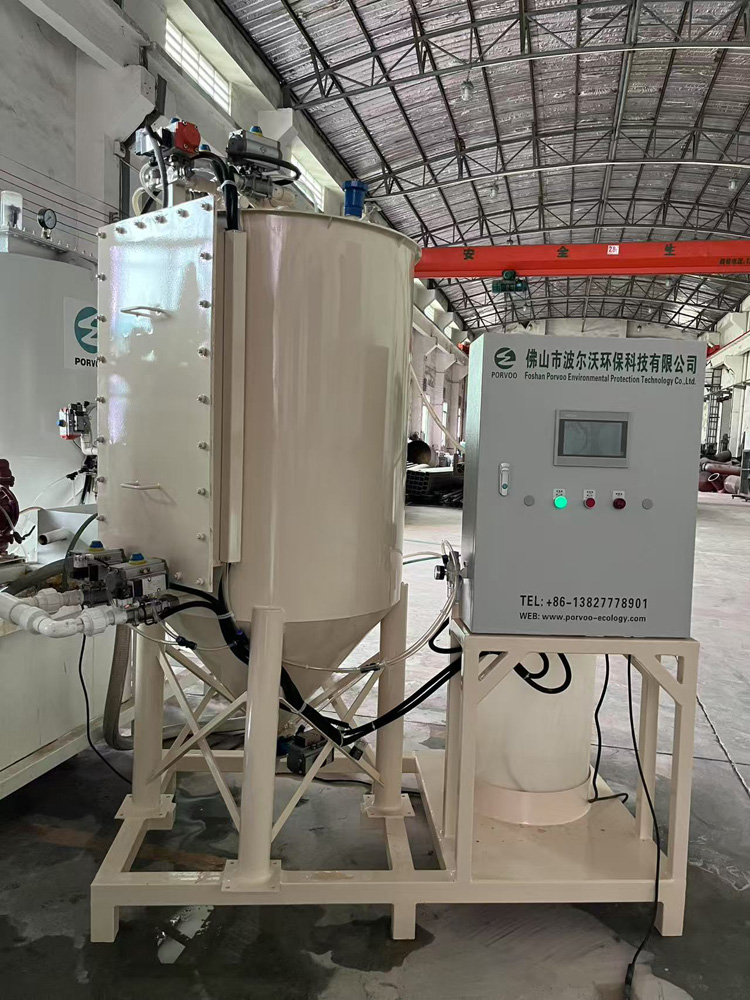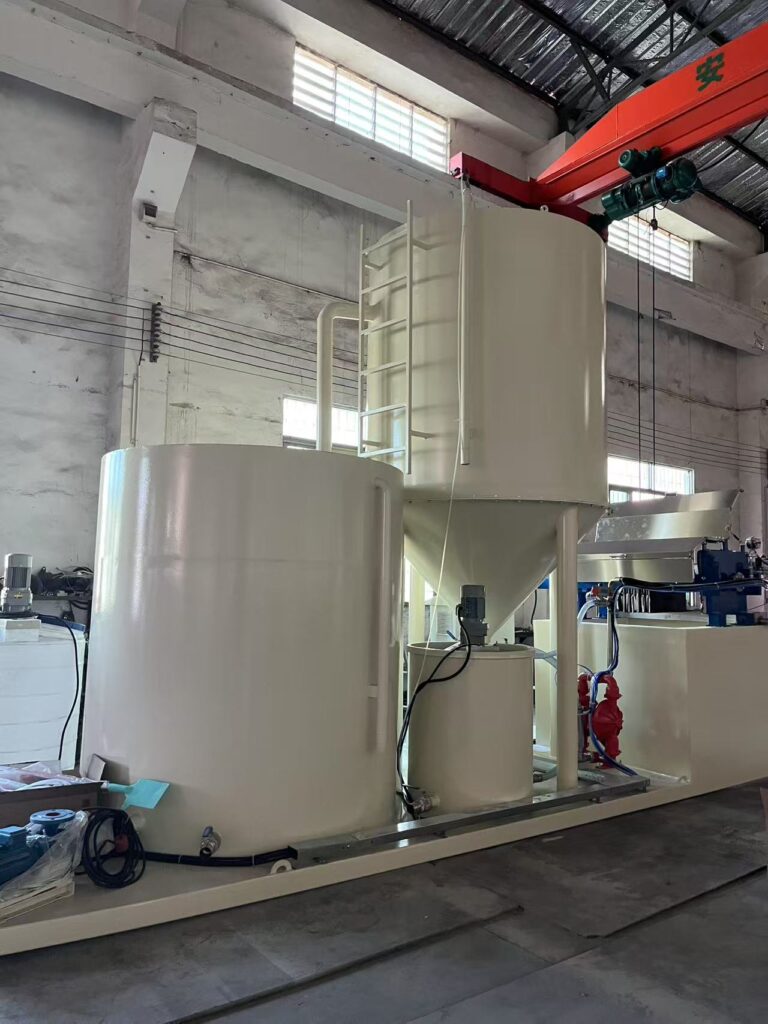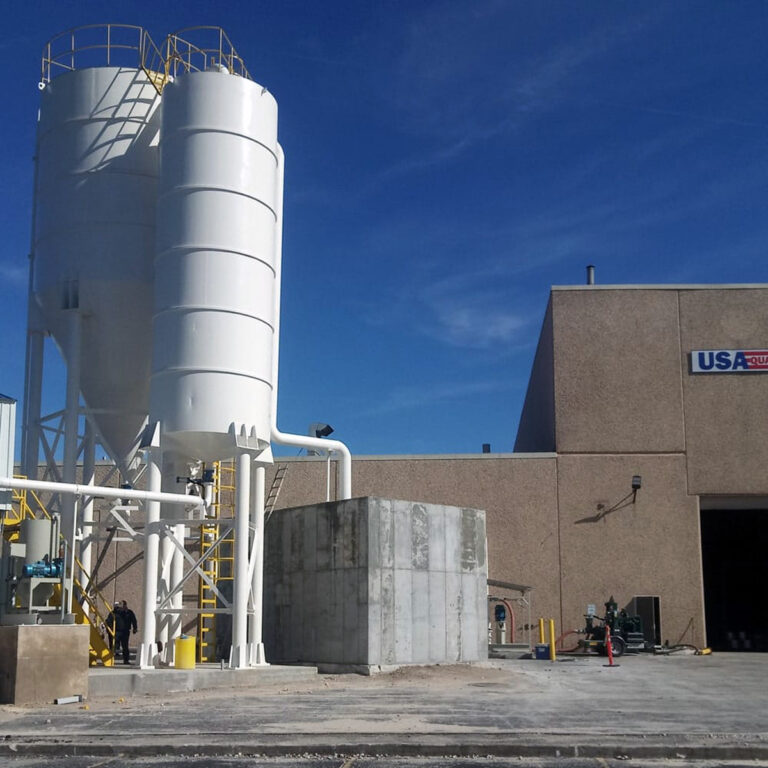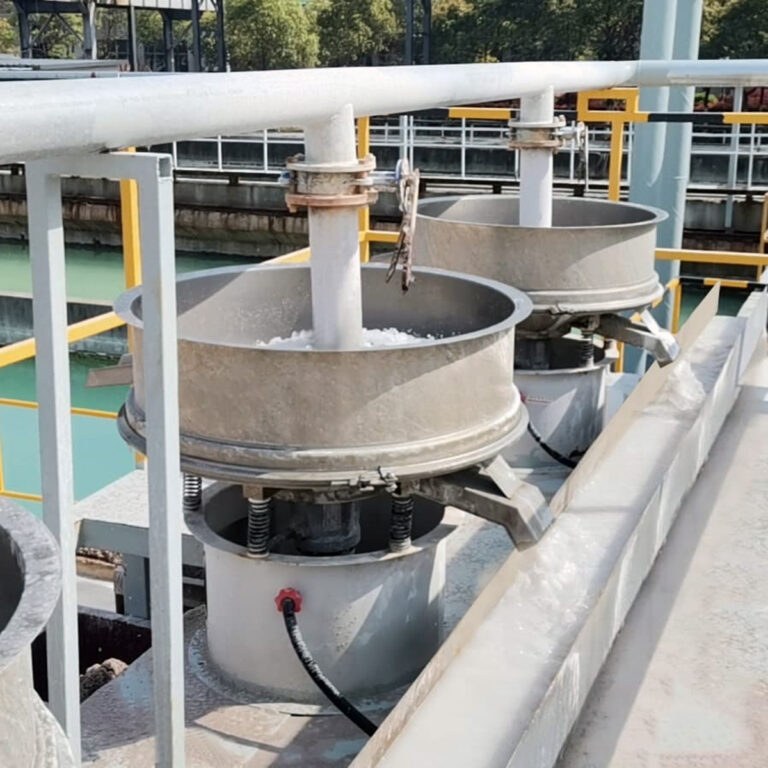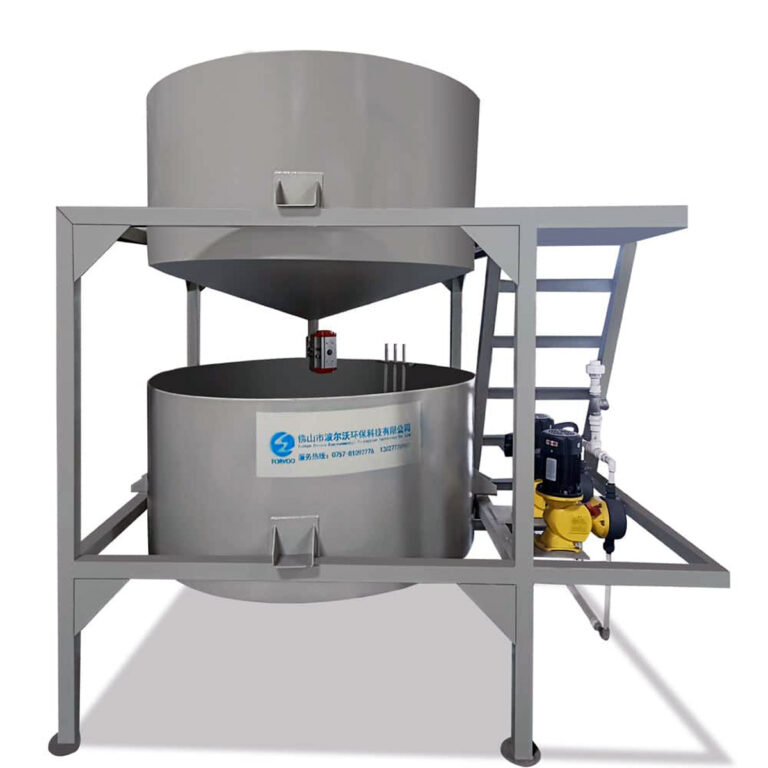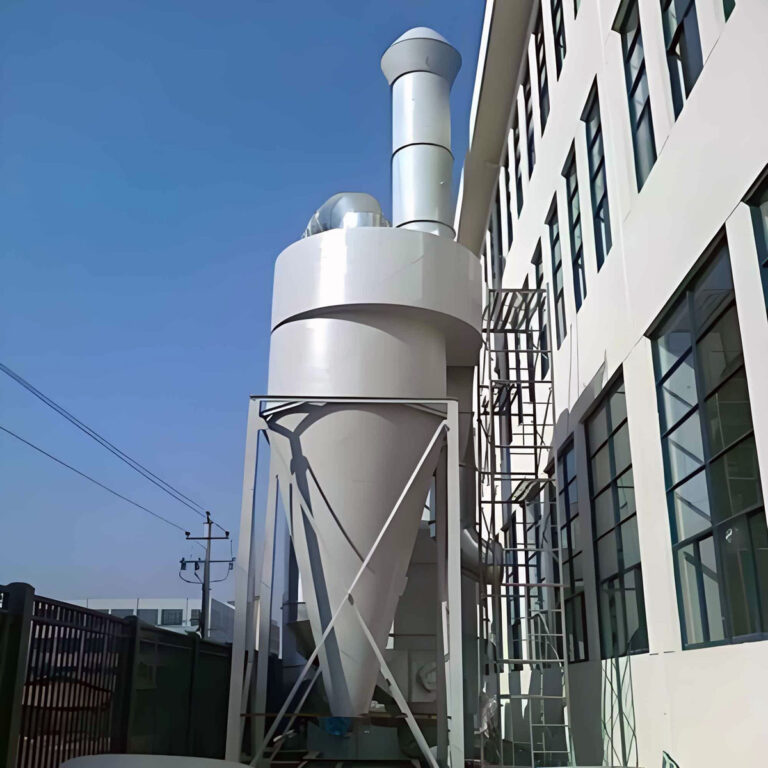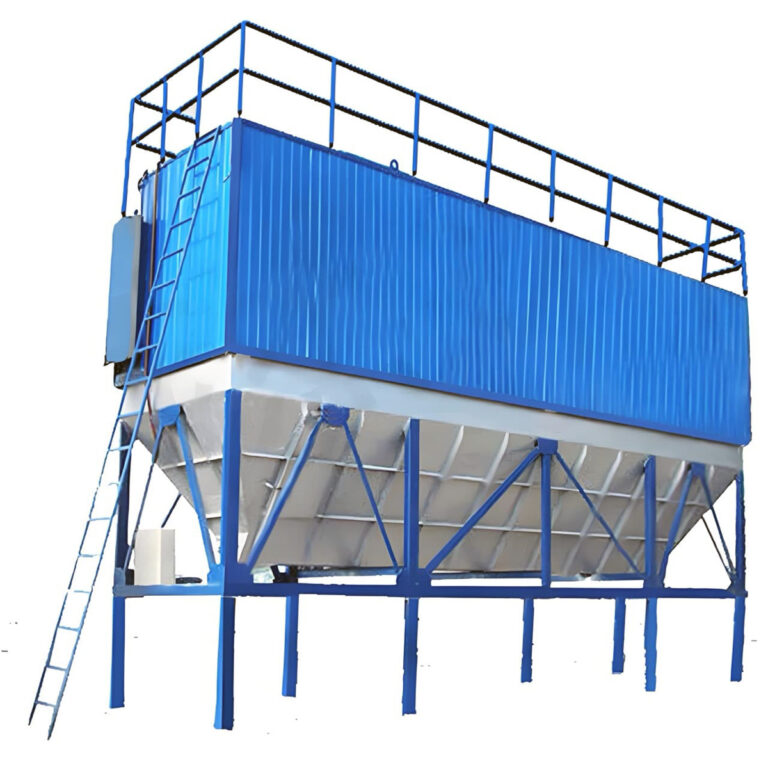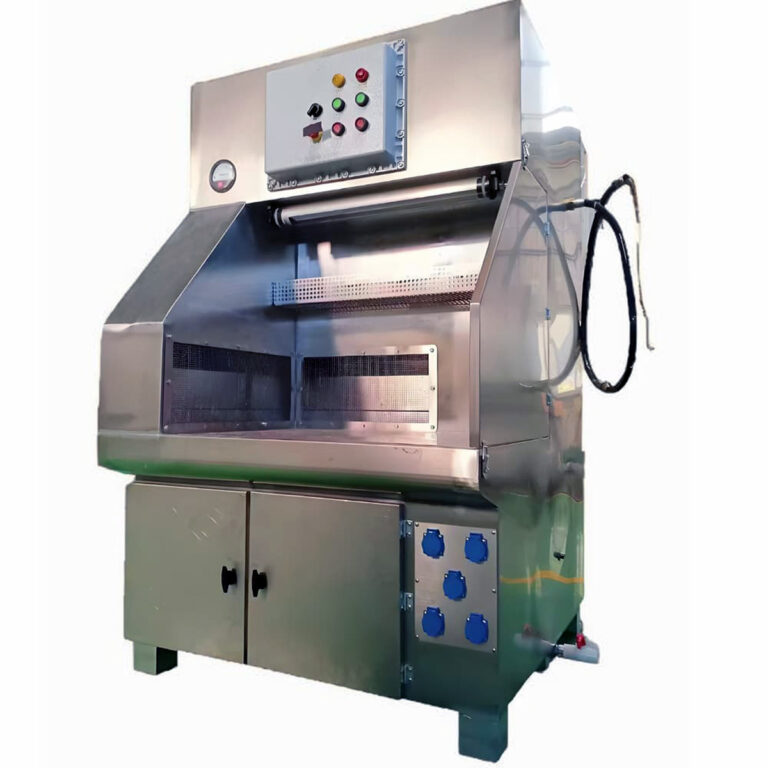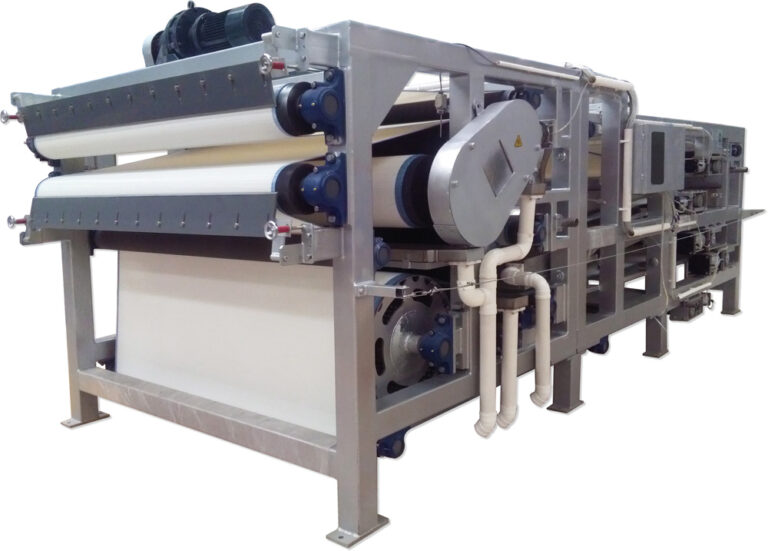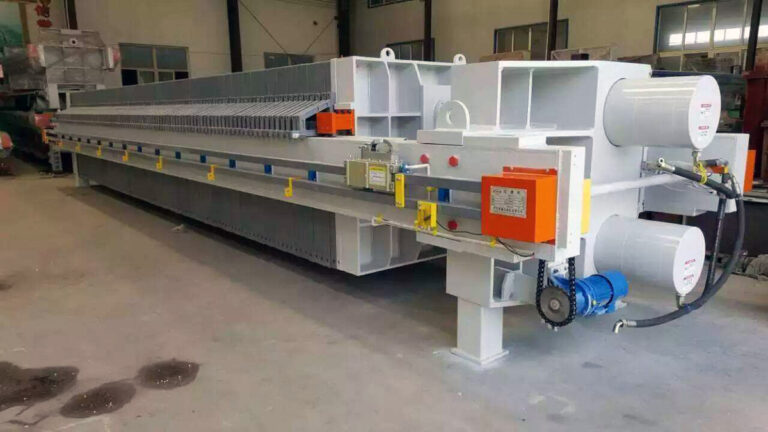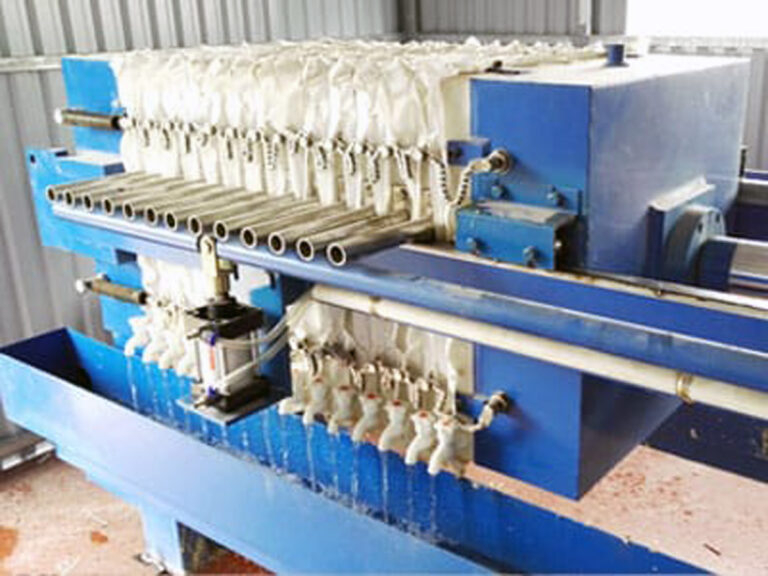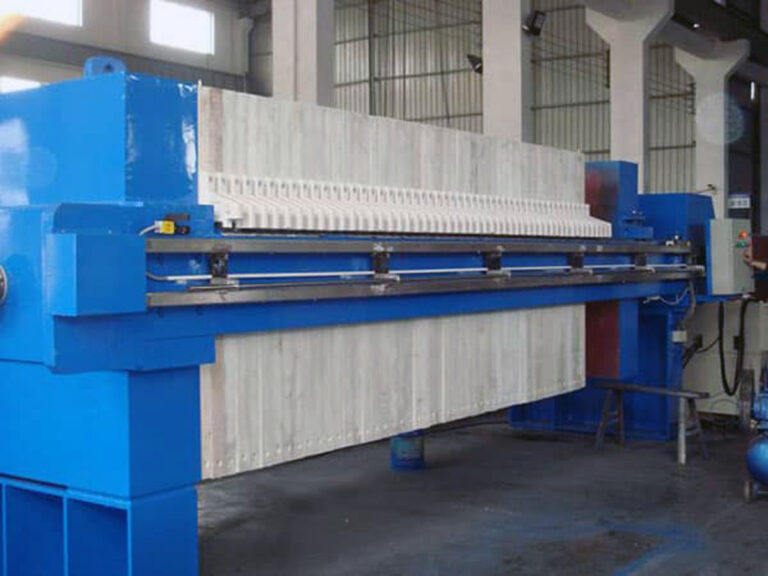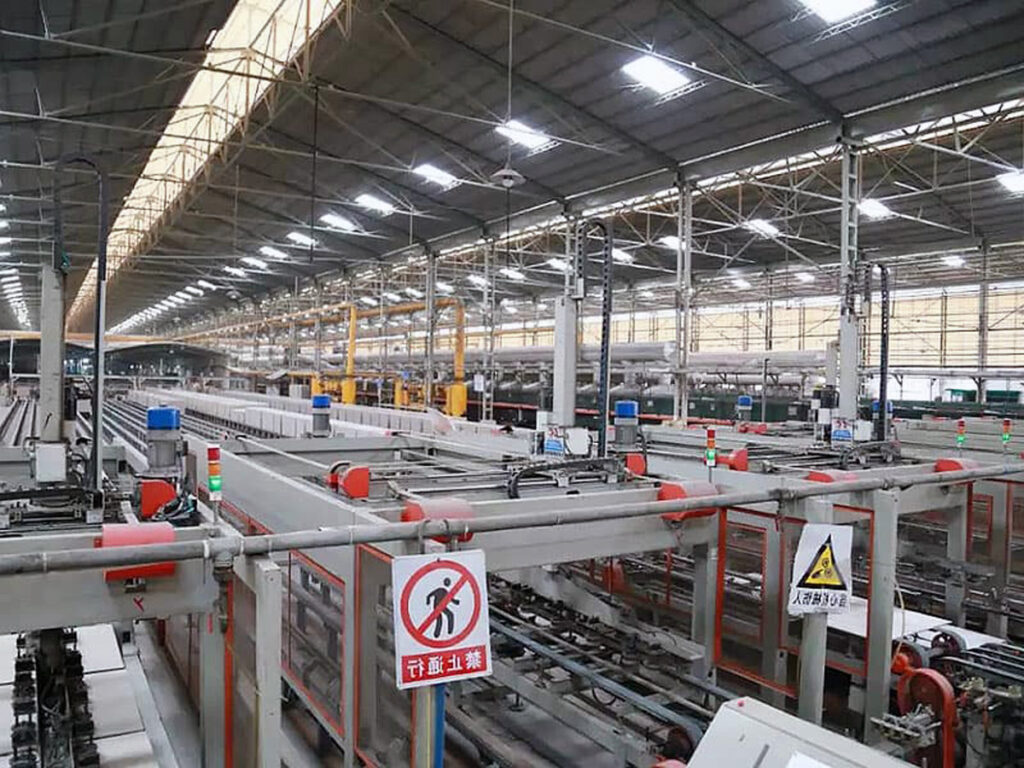Industrial facilities face mounting pressure to manage wastewater efficiently while maintaining compliance with increasingly stringent environmental regulations. Traditional treatment methods often require extensive space and complex infrastructure, creating operational bottlenecks that impact productivity and profitability. Many facilities struggle with inconsistent treatment quality, high operational costs, and the challenge of scaling their wastewater management systems as production demands fluctuate.
Without proper wastewater management infrastructure, industrial operations risk regulatory violations that can result in substantial fines, operational shutdowns, and lasting damage to corporate reputation. The financial implications extend beyond penalties—inefficient treatment systems consume excessive energy, require frequent maintenance interventions, and often fail to recover valuable resources from wastewater streams. These inefficiencies compound over time, creating a cascade of operational and financial challenges.
This comprehensive guide examines wastewater silo systems as a strategic solution for industrial facilities seeking reliable, space-efficient treatment infrastructure. We’ll explore operational guidelines, selection criteria, and best practices that enable facilities to optimize their wastewater management while achieving consistent compliance and cost-effectiveness. PORVOO has observed significant improvements in operational efficiency when facilities implement properly designed silo-based treatment systems.
What Are Wastewater Silo Systems and How Do They Work?
Wastewater silo systems represent a paradigm shift in industrial water treatment, utilizing vertical storage and treatment infrastructure to maximize processing capacity within minimal footprint requirements. These systems integrate multiple treatment processes within cylindrical structures, enabling continuous operation while maintaining precise control over treatment parameters.
Core Components and Design Principles
Modern industrial wastewater silos incorporate sophisticated process control systems that monitor pH levels, dissolved oxygen content, and contaminant concentrations in real-time. The vertical design facilitates gravity-fed processing stages, reducing energy consumption by approximately 25-30% compared to horizontal treatment systems. Multiple treatment zones within each silo enable sequential processing, with typical configurations including primary settling, biological treatment, and final clarification stages.
The engineering principles behind silo design emphasize hydraulic efficiency and process optimization. Internal baffling systems ensure optimal flow patterns, while advanced aeration systems maintain consistent oxygen levels throughout biological treatment zones. According to recent industry research, properly configured industrial wastewater silos achieve 95-98% contaminant removal efficiency while requiring 60% less floor space than conventional treatment systems.
| Component | Function | Performance Range |
|---|---|---|
| Primary Settling Zone | Solid-liquid separation | 80-85% suspended solids removal |
| Biological Treatment | Organic matter degradation | 90-95% BOD reduction |
| Clarification Stage | Final polishing | 98%+ clarity achievement |
Industrial Wastewater Silo vs Traditional Treatment Methods
Traditional treatment systems typically require extensive horizontal infrastructure, including multiple basins, connecting pipework, and substantial electrical systems for pumping operations. In contrast, silo-based systems consolidate these functions vertically, reducing installation complexity and ongoing maintenance requirements. Our experience with manufacturing facilities indicates that silo wastewater treatment systems achieve installation completion 40% faster than conventional alternatives.
The operational advantages become particularly apparent in facilities with variable production schedules. Silo systems demonstrate superior responsiveness to flow rate fluctuations, maintaining treatment quality even when influent volumes vary by 200-300% from baseline conditions. This flexibility proves invaluable for seasonal industries or facilities experiencing rapid growth phases.
How to Choose the Right Wastewater Storage Silo Systems?
Selecting appropriate wastewater storage infrastructure requires careful analysis of process requirements, site constraints, and long-term operational objectives. The decision framework must account for current treatment needs while providing adequate capacity for future expansion requirements.
Capacity and Flow Rate Considerations
Flow rate analysis forms the foundation of proper system sizing, with peak flow conditions determining minimum processing capacity requirements. Industry best practices recommend sizing systems at 125-150% of maximum anticipated flow rates to ensure consistent treatment quality during surge conditions. For facilities processing 50,000-100,000 gallons per day, industrial water silo operations typically require 3-5 day retention capacity to accommodate process variations and maintenance requirements.
The relationship between retention time and treatment efficiency follows established engineering principles, with biological treatment processes requiring minimum 12-18 hour retention periods for optimal performance. However, facilities processing high-strength industrial effluents may require extended retention times approaching 24-36 hours to achieve regulatory compliance standards.
Material Selection and Construction Standards
Construction materials significantly impact system longevity and operational reliability. Stainless steel construction provides superior corrosion resistance for aggressive industrial effluents, while reinforced concrete offers cost-effective solutions for standard municipal-strength wastewaters. The material selection process must consider chemical compatibility, temperature ranges, and structural requirements specific to each application.
Advanced coating systems extend service life substantially, with properly applied protective coatings providing 15-20 year service intervals before major refurbishment requirements. As industry expert Dr. Sarah Chen notes, “Material selection represents the single most critical factor in determining long-term system reliability and operational cost predictability.”
What Are the Operational Best Practices for Industrial Water Silo Operations?
Effective silo operation requires systematic attention to process monitoring, preventive maintenance, and performance optimization. These systems demand proactive management approaches that anticipate potential issues before they impact treatment performance.
Maintenance Protocols and Safety Procedures
Preventive maintenance schedules should address all critical system components, including mechanical equipment, instrumentation, and structural elements. Monthly inspections focus on pump performance, sensor calibration, and visual assessment of internal conditions. Quarterly maintenance activities include comprehensive system cleaning, mechanical component servicing, and detailed performance testing.
Safety protocols assume particular importance given the confined space nature of silo systems. Entry procedures must comply with OSHA regulations, requiring atmospheric testing, ventilation systems, and emergency response preparations. Our operational data indicates that facilities implementing comprehensive safety protocols experience 75% fewer maintenance-related incidents compared to those with basic safety procedures.
| Maintenance Task | Frequency | Expected Duration |
|---|---|---|
| Sensor Calibration | Weekly | 2-4 hours |
| Pump Inspection | Monthly | 4-6 hours |
| Internal Cleaning | Quarterly | 12-16 hours |
| Complete System Audit | Annually | 3-5 days |
Performance Monitoring and Quality Control
Continuous monitoring systems provide real-time visibility into treatment performance, enabling immediate response to process deviations. Key performance indicators include pH stability, dissolved oxygen levels, sludge settling characteristics, and effluent quality parameters. Modern control systems integrate these measurements into automated response algorithms that maintain optimal treatment conditions without operator intervention.
Quality control procedures should address both process performance and regulatory compliance requirements. Daily testing protocols verify treatment effectiveness, while weekly comprehensive analysis ensures consistent regulatory compliance. A 2023 industry study demonstrated that facilities implementing automated monitoring achieve 99.2% compliance rates compared to 94.7% for manually monitored systems.
How Do Compact Wastewater Silos Optimize Industrial Efficiency?
Compact wastewater silo designs address the growing need for space-efficient treatment solutions in industrial environments where real estate costs continue escalating. These systems maximize processing capacity within constrained footprints while maintaining treatment performance standards.
Space-Saving Design Benefits
Vertical treatment infrastructure delivers remarkable space efficiency advantages, particularly valuable in urban industrial areas where land costs exceed $20-30 per square foot annually. A typical compact silo treating 75,000 gallons per day occupies approximately 400-500 square feet, compared to 2,000-2,500 square feet required for equivalent horizontal treatment systems.
The space efficiency extends beyond basic footprint considerations. Reduced infrastructure requirements simplify site preparation, minimize utility connections, and decrease construction complexity. Manufacturing facilities report 35-40% reduction in total project costs when implementing compact industrial wastewater solutions compared to traditional treatment infrastructure.
Energy Efficiency and Cost Considerations
Gravity-fed processing stages inherent in silo designs reduce pumping requirements significantly. Energy consumption typically decreases 20-25% compared to horizontal systems requiring multiple transfer pumps. This energy efficiency translates directly into operational cost savings, with typical facilities experiencing $15,000-25,000 annual utility cost reductions.
While initial capital investment for silo systems may exceed conventional alternatives by 10-15%, the total cost of ownership analysis consistently favors silo-based solutions. Reduced maintenance requirements, improved treatment reliability, and enhanced process control capabilities generate substantial long-term value.
What Challenges Should You Expect with Silo Wastewater Treatment?
Despite their advantages, silo-based treatment systems present specific operational challenges that require careful consideration during planning and implementation phases. Understanding these limitations enables proactive mitigation strategies.
Common Operational Issues
Access limitations represent the primary operational challenge for silo systems. Internal component maintenance requires specialized procedures and safety equipment, increasing maintenance complexity compared to open treatment systems. Facilities should budget additional time and resources for maintenance activities, particularly those requiring internal access.
Temperature control can prove challenging in extreme climate conditions. Silo systems may require supplemental heating in cold climates to maintain biological activity, while hot climates might necessitate cooling systems to prevent excessive temperatures that inhibit treatment processes. These climate-related considerations add operational complexity and potential cost implications.
Long-term Maintenance Requirements
Structural integrity monitoring assumes critical importance given the vertical nature of silo systems. Annual structural assessments verify foundation stability, wall thickness, and joint integrity. While properly constructed systems provide 25-30 year service life, facilities must budget for periodic major maintenance activities including internal coating renewal and mechanical system replacement.
Planning for major maintenance events requires coordination with production schedules and potentially temporary treatment alternatives. Advanced wastewater treatment solutions incorporate design features that minimize maintenance disruption, but facilities should anticipate 3-5 day annual maintenance shutdowns for comprehensive system servicing.
Conclusion
Wastewater silo systems deliver compelling operational advantages for industrial facilities seeking reliable, space-efficient treatment infrastructure. Key benefits include superior space utilization, reduced energy consumption, enhanced process control, and simplified installation procedures. These systems particularly excel in applications requiring consistent treatment performance despite variable influent conditions.
The implementation of wastewater storage silo systems requires careful attention to capacity planning, material selection, and operational protocols. While initial complexity may seem daunting, systematic approaches to design, installation, and operation consistently deliver superior long-term value compared to conventional treatment alternatives.
Moving forward, industry trends indicate increasing adoption of modular silo designs that provide enhanced scalability and process flexibility. Emerging technologies including advanced sensor systems, artificial intelligence-based process control, and integrated resource recovery capabilities promise further improvements in operational efficiency and environmental performance.
Successful implementation depends on partnering with experienced providers who understand both technical requirements and practical operational considerations. The investment in properly designed and operated silo systems provides sustainable competitive advantages through improved environmental compliance, reduced operational costs, and enhanced operational flexibility.
How will your facility benefit from implementing advanced silo-based treatment infrastructure, and what specific operational requirements should guide your system selection process? Consider exploring comprehensive industrial wastewater treatment solutions that address your unique operational challenges while delivering measurable performance improvements.
Frequently Asked Questions
Q: What are Wastewater Silo Systems, and why are operational guidelines important?
A: Wastewater Silo Systems are specialized storage units designed for handling biosolids or sludge in wastewater treatment plants. Operational guidelines are crucial because they ensure the silo system is used safely and efficiently, preventing structural damage, blockages, odor issues, and environmental contamination. These guidelines cover maintenance checks, safe filling practices, and monitoring techniques to sustain optimal performance and compliance. Following them helps prolong equipment life and maintain environmental and safety standards.
Q: What pre-operational checks should be performed on Wastewater Silo Systems?
A: Before operating a wastewater silo, several checks are necessary:
- Inspect the silo foundation for cracks or subsidence that could cause instability.
- Examine the silo structure for corrosion, damaged supports, missing bolts, or leaks.
- Ensure all safety devices and warning labels are intact and functional.
- Confirm the drainage system around the silo prevents water accumulation at the base.
Performing these steps helps avoid structural failures and operational hazards.
Q: How do advanced Wastewater Silo Systems improve sludge handling efficiency?
A: Modern systems utilize features like live bottom screw conveyors for smooth, consistent sludge flow, reducing blockages. Durable steel construction with chemical-resistant coatings enhances longevity against corrosive waste. Integration of radar level sensors and capacitive load cells allows precise monitoring of biosolid levels and weight, optimizing processing and inventory control. These technologies improve operational efficiency, reduce downtime, and support compliance with environmental regulations.
Q: What are common challenges in operating Wastewater Silo Systems, and how do operational guidelines address them?
A: Typical challenges include odor control, sludge flow blockages, corrosion, and regulatory compliance. Operational guidelines recommend:
- Using sealed valves and vapor control systems to manage odors.
- Regular structural and mechanical inspections to detect corrosion or damage.
- Utilizing sensors and controls to prevent overfilling or inconsistent sludge discharge.
- Training personnel on safe handling and emergency procedures. Following these guidelines minimizes environmental impact and enhances system reliability.
Q: How can operators ensure Wastewater Silo Systems meet safety and environmental compliance standards?
A: Operators should implement routine maintenance, including structural inspections and leak detection, maintain proper sludge handling equipment, and use odor and vapor control technologies. Safety equipment like spill containment pans and emergency showers should be accessible. Monitoring systems for level and weight ensure precise management to avoid spills or overflows. Training staff on operational and safety protocols further supports compliance with regulatory requirements.
Q: What steps can be taken to extend the lifespan of a Wastewater Silo System?
A: Extending a silo’s lifespan involves:
- Regularly inspecting and repairing structural components before damage worsens.
- Maintaining protective coatings to prevent corrosion from moisture and chemicals.
- Ensuring proper drainage around foundations to avoid water damage.
- Using appropriate valves and flow systems that reduce wear.
- Following manufacturer recommendations for repairs and upgrades. Consistent adherence to operational guidelines ensures long-term reliability and safety.
External Resources
Biosolids Silo Enhances Efficiencies and Compliance – Details an advanced biosolids silo system for wastewater facilities, outlining operational improvements, compliance considerations, and technical features relevant to system management.
Wastewater Treatment Plant Safety & Productivity – Provides operational guidelines and safety protocols for wastewater treatment plants, including silo system safety, hazard prevention, and facility management best practices.
5 Steps to Properly Managing Your Industrial Wastewater System – Offers a step-by-step approach for developing and implementing operational guidelines in industrial wastewater systems, covering O&M manual creation and compliance strategies.
The Vital Stages of Industrial Wastewater Treatment – Describes key stages and operational requirements in industrial wastewater treatment, including design and management of storage and handling systems like silos.
Best Practices Manual – Wastewater Treatment Plant Operations – A comprehensive manual discussing operational standards, safety considerations, and maintenance guidelines for wastewater facilities, applicable to silo system management.
Preventative Maintenance for Sludge Handling Systems in Wastewater Facilities – Explains maintenance and operational best practices for sludge and biosolids handling silos, focusing on maximizing uptime and regulatory compliance.
